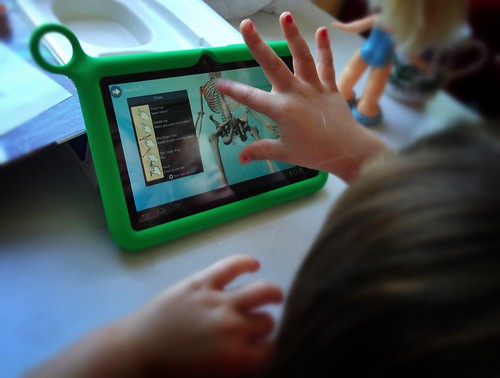Before starting this class, I was
completely oblivious to the importance of technology in society and our
classrooms. This was my first education course and it served as a nice jump
start to the education world. It was extremely convenient that the professor
was attentive to all of her classmates and was constantly providing feedback.
This course was rigorous but I definitely had a great experience and there was
many great outcomes.
I found the importance of personal
reflection and I see how often it is used in this field. To provide good
feedback to your students, you need to reflect on your own work to provide the
best feedback. The chapter reflection posts that we published to Blogger was a
creative, fun, and easy way to go over a chapter (because who reads chapters
anyway?) We were required to reflect on our opinions and what we would do in
the classroom. This allowed us to tap into our creative side and determine what
steps we would take as a teacher. I think it’s important to reflect so we can
prepare to immerse ourselves into these situations. I also like that the book
used real-life situations from a teacher’s point of view.
My favorite assignment was the
WebQuest project. Even though the WebQuest was made for my hypothetical classroom,
I felt like I was on the adventure myself. I learned so much from that
assignment and can see why students are so easily engaged with that assignment.
This assignment is one that I will use in the future. Another favorite
assignment was the E-portfolio. The portfolio required a lot, and I could test
my tech skills.
Although I could have completed a
Podcast for a Blogger post, it seemed like a lot of work. I would have like to
see an assignment requiring you to complete a podcast. A podcast assignment
could be to introduce yourself with a mini-biography. This assignment would
serve as an ice-breaker as well.
This class definitely exceeded my
expectations. I went into this class not-so-confident about using different
technology tools and media. I am much more confident and prepared to build from
the tech skills I have attained through this course. The professor let us know
what her expectations were and helped us achieve them. I got a lot from this
course and would recommend it to anyone interested in this profession.
Resources:
Alaimo, Avery (4 December, 2015.) E-Portfolio. Made with http://msalaimoeme.weebly.com/
Alaimo, Avery (15 December, 2015.) WebQuest. Made with http://zunal.com/webquest.php?
w=302251
(croughs nest tumblr)

